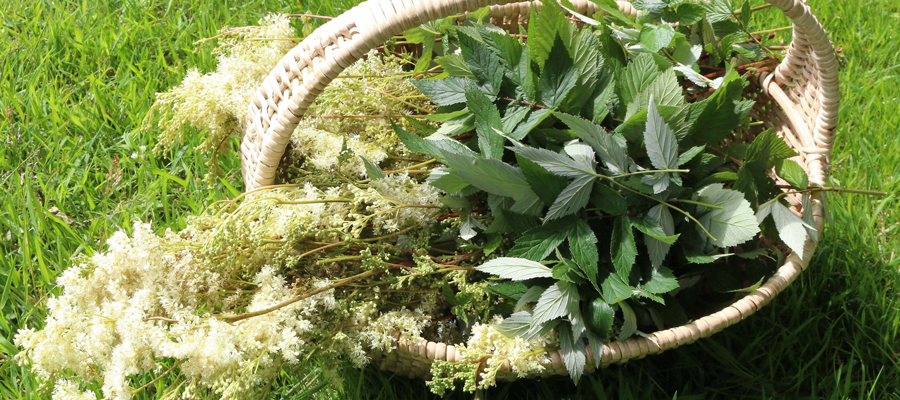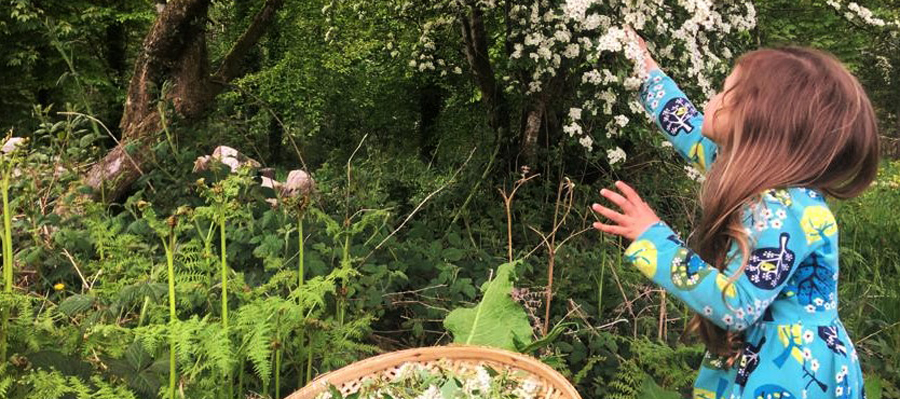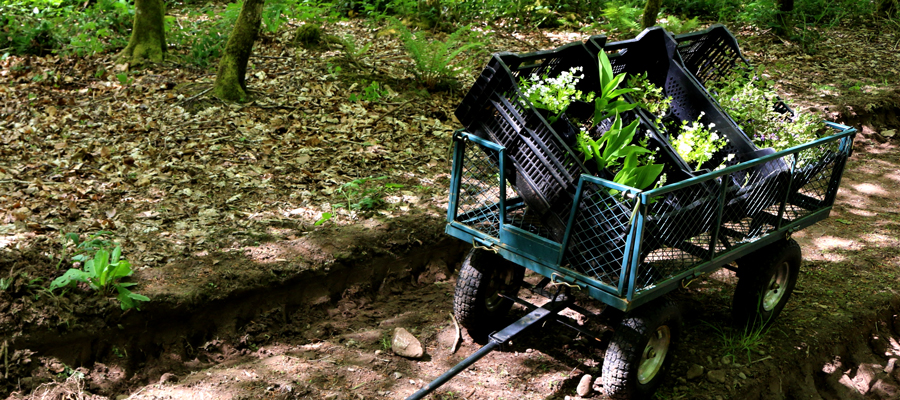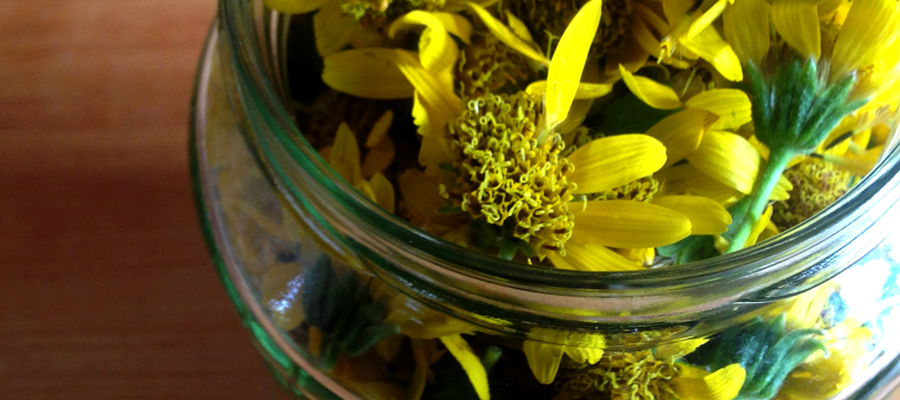Many people will recognise this wild plant – Rosebay Willowherb (Epilobium angustifolium). It is a lesser used but wonderful traditional medicine in many countries across the globe.
Here in Ireland you can find 9 different Epilobium’s growing wild. Some are native and others introduced. Rosebay Willowherb is considered native.
Its Irish name Lus na Tine which echoes its common name Fireweed. The plant was given this name as it tends to follow fires like Gorse fires in Ireland or forest fires in other countries. This wild plant is unforgettable when seen flowering along roadsides, waste ground or open areas of woodland. It’s very tall, reaching 1-2 metres and spreads easily underground by its rhizomes.
It flowers from June through to September. We find here at Ivywood it grows at different paces in different areas of the land as we have open sunny spaces to shaded woodland. This gives us ample time to harvest Rosebay Willowherb continually over the summer months. At the moment there are patches of Epilobium at full height and in full flower with seed pods forming but also younger patches only a few feet tall with young tender leaves.
You can use the rhizomes, leaves and flowering tops for medicine. People also like to forage the very young reddy/ brown shoots to eat like asparagus in early Spring and add the leaves to wild salads making this medicinal a useful wild food to harvest.
Rosebay Willowherbs proves a valuable traditional medicine for GIT issues like enteritis, dysentery, colitis, diverticulitis and diarrhoea. It has anti-inflammatory, anti-microbial, astringent and demulcent actions that aid these conditions. In clinical practice it can also be used for urinary tract infections and bladder irritation due to diuretic action of the leaves alongside its above actions. For many herbalists it is most well-known for ulcers and infections of the mouth and throat. In some countries the tea is used as a digestive aid and anti-depressant and it is gaining interest as a treatment for benign prostrate hypertrophy. Its main interest for me is the plants vulnerary and emollient action when used externally. It is helpful for inflamed, irritated, dry skin conditions such as eczema, acne, or psoriasis when formulated into creams, ointments, lotions, and oils.
We make a steam distillation of Rosebay Willowherb as the first part of the process of our tincture making of the plant. Distilling fresh plant material is a joy! The hydrosol that is produced from distillation can be used alone as a medicine or for the skin or as an ingredient in different skin products. Rosebay Willowherb hydrosol can be used on its own as a toner sprayed onto the face neat where the skin tends to redness and dryness or added to clays masks. It can be added into any homemade cream or lotion instead of the water part of the recipe. If you make your own creams and suffer from redness or acne Rosebay Willowherb hydrosol could be considered. A hot infused oil of the leaves and flowers can be made to add into ointments for burns, wounds, and dry type eczema and psoriasis alongside other appropriate herbs.
If you have access to a clean place this wild plant is growing you can simply make a fresh tea. Rosebay Willowherb tea infusion is thought the best way to take the herb for the digestive complaints mentioned above and for urinary tract infections.
Yesterday, as I was prepping to distil my freshly harvested Rosebay Willowherb I was chatting to my friend and teacher, the wonderful herbalist Vilma Matuleviciute in Wicklow. We constantly lose ourselves in planty chats and she spoke to me of the superb calming effect the leaves and flowers of this plant has on the nervous system as a tea which reminds me of why it can be so effective for the conditions above. We will be taking this lovely nervine throughout the summer in fresh tea mixes and harvesting plenty for drying for our patients. Happy Wild Harvesting













